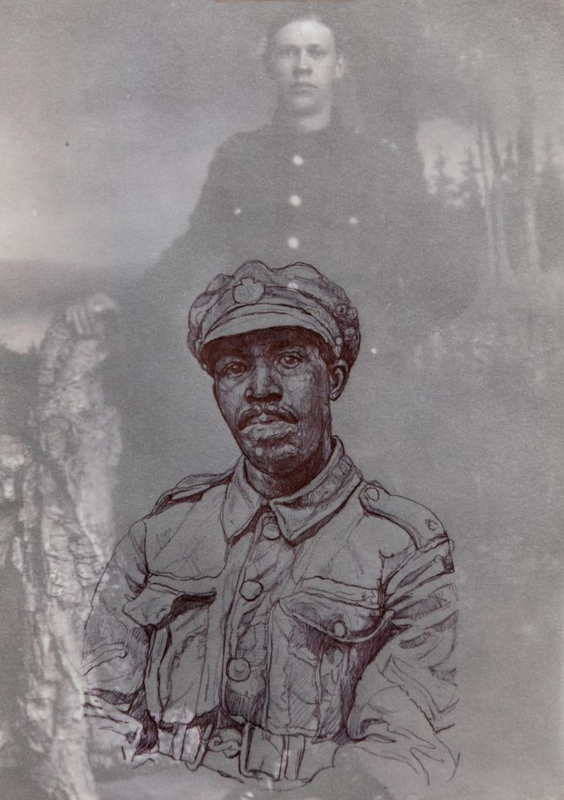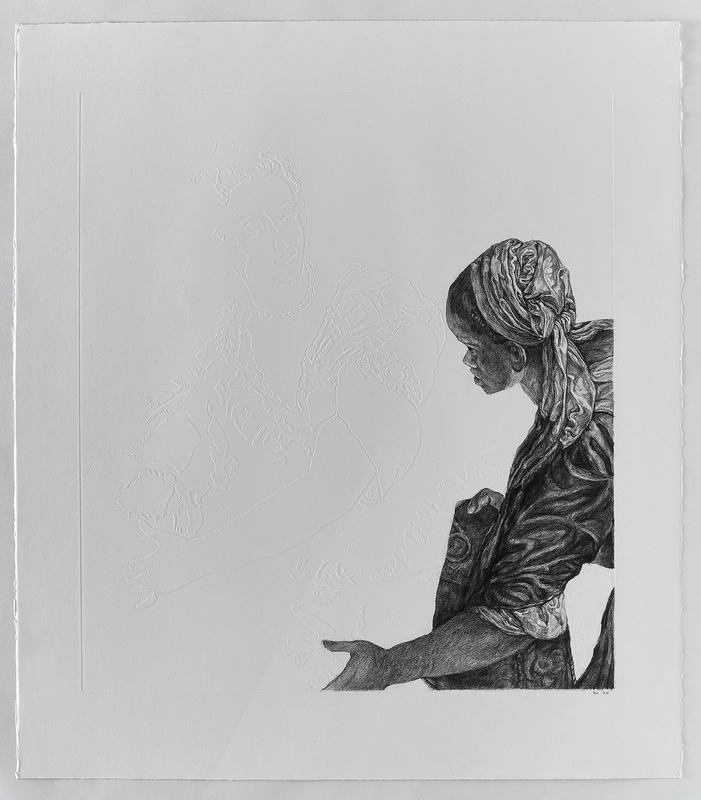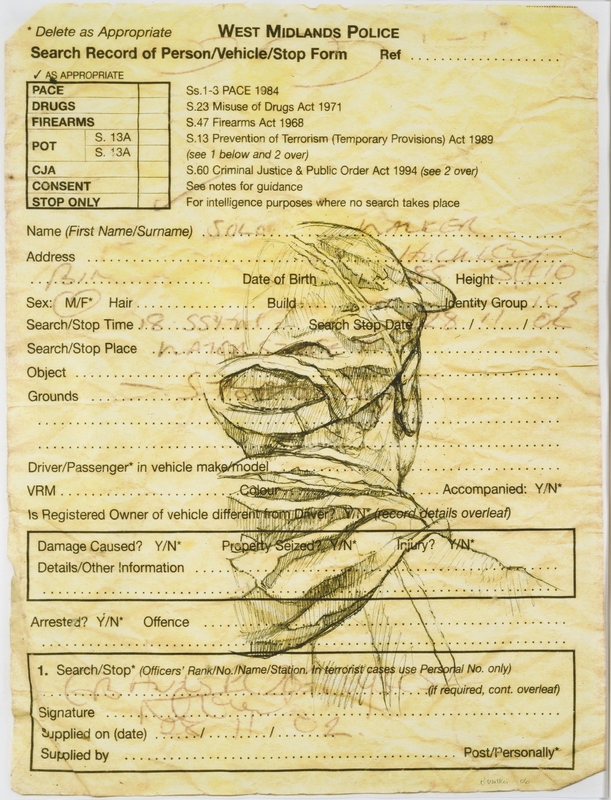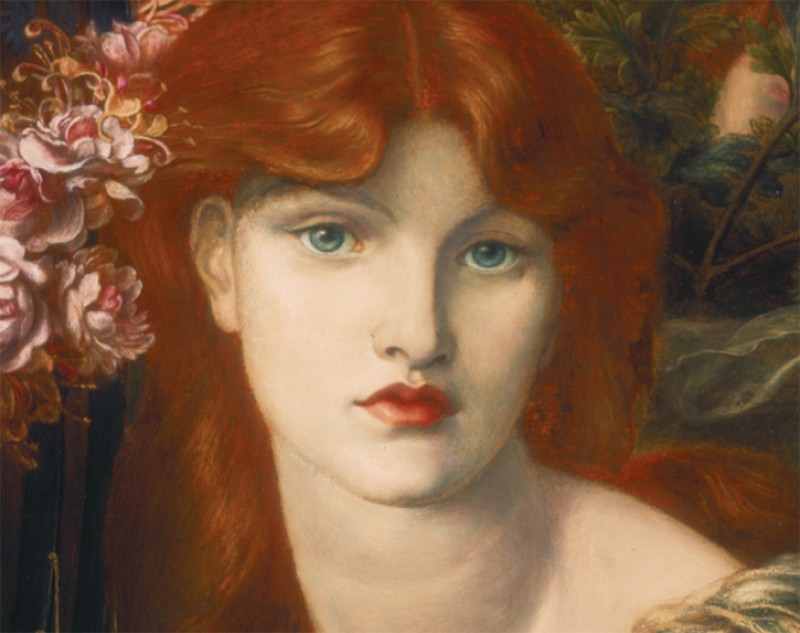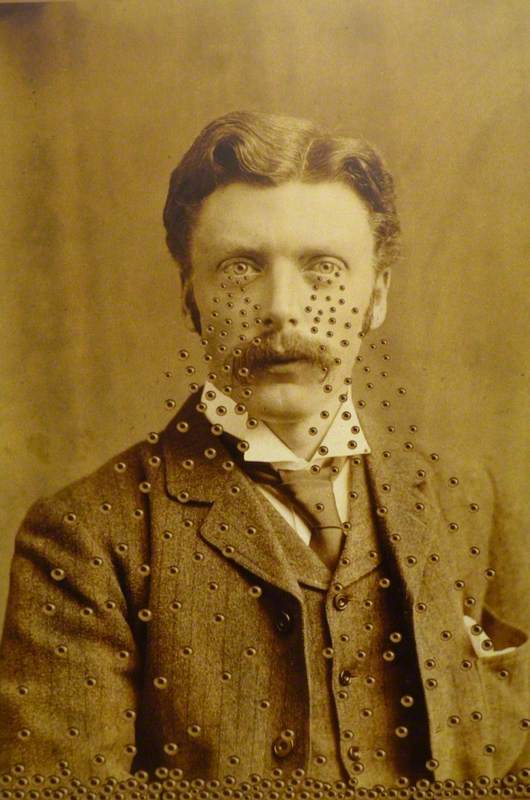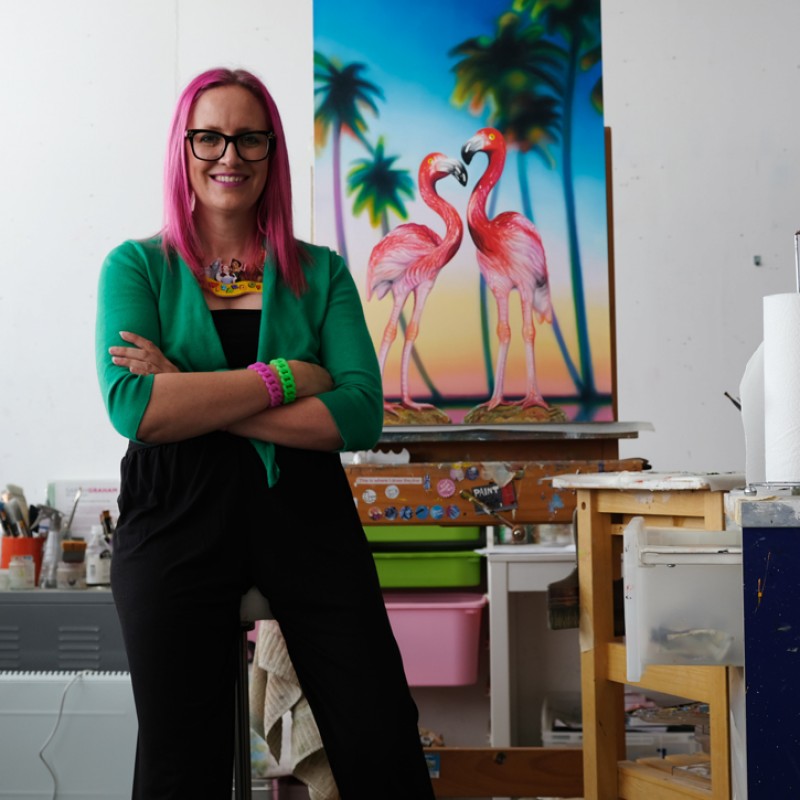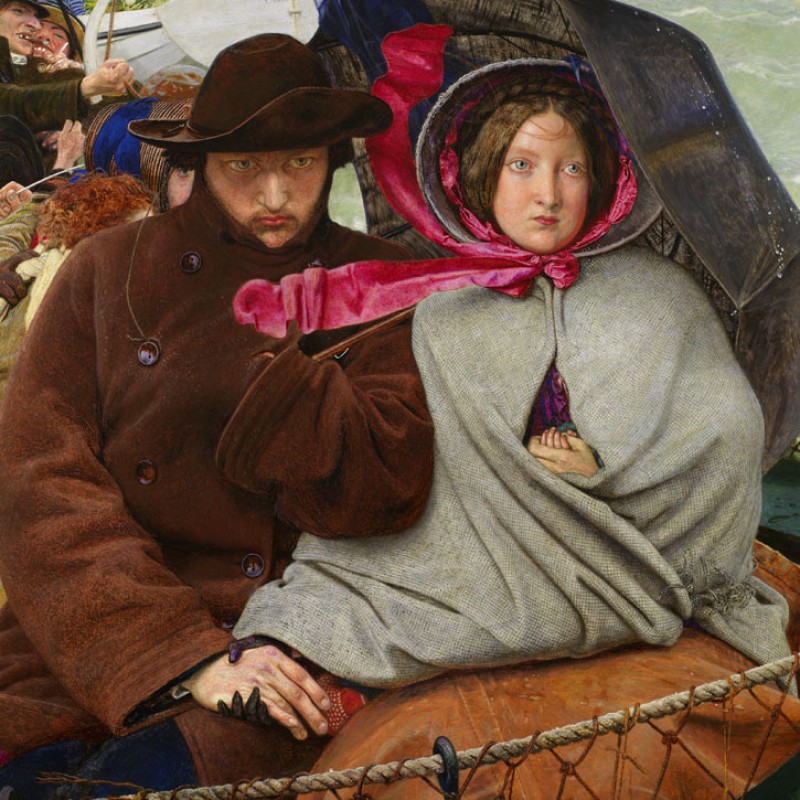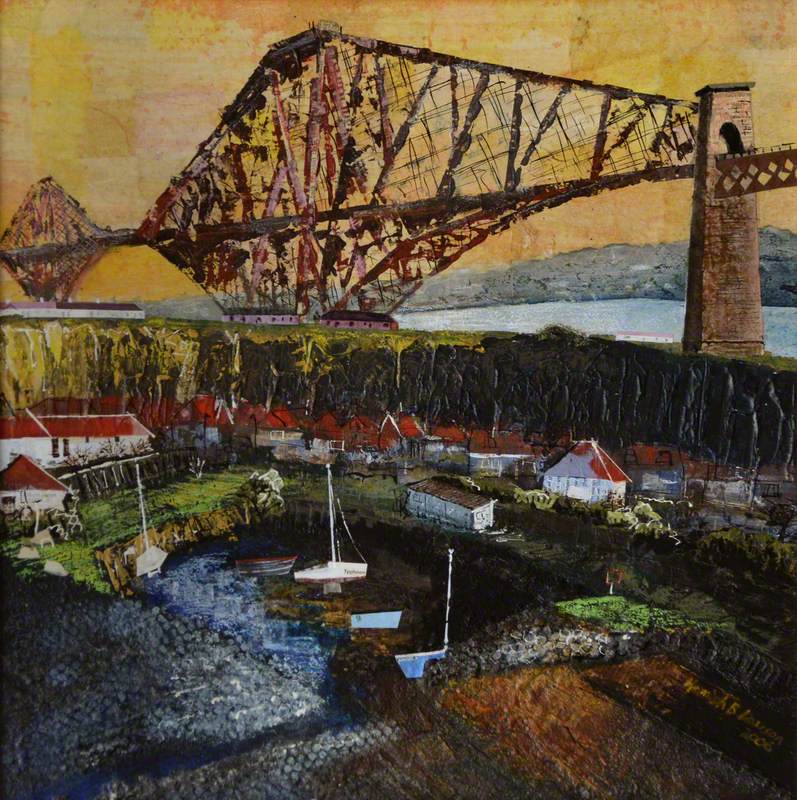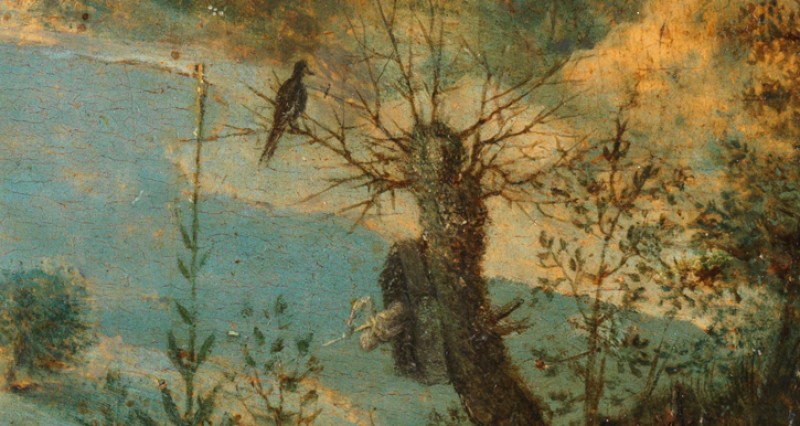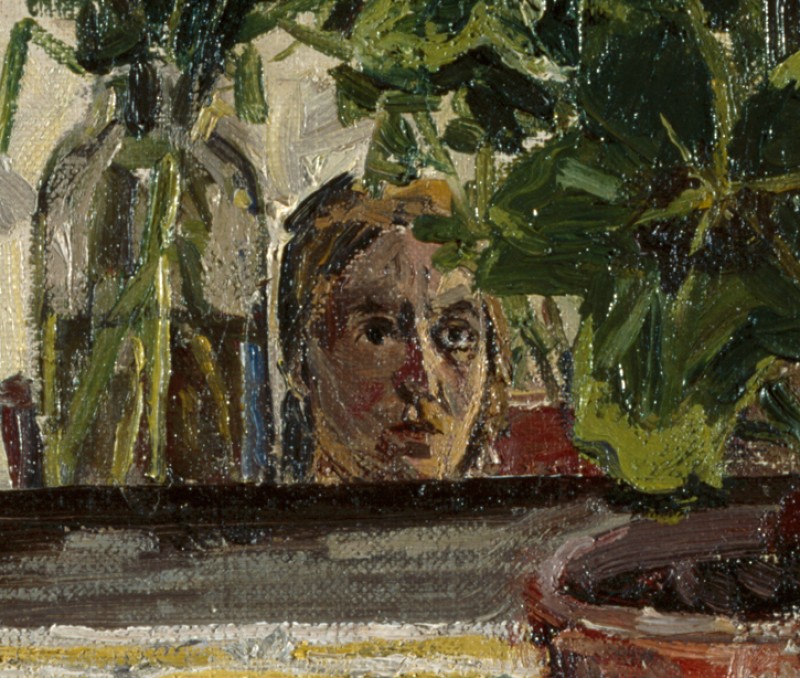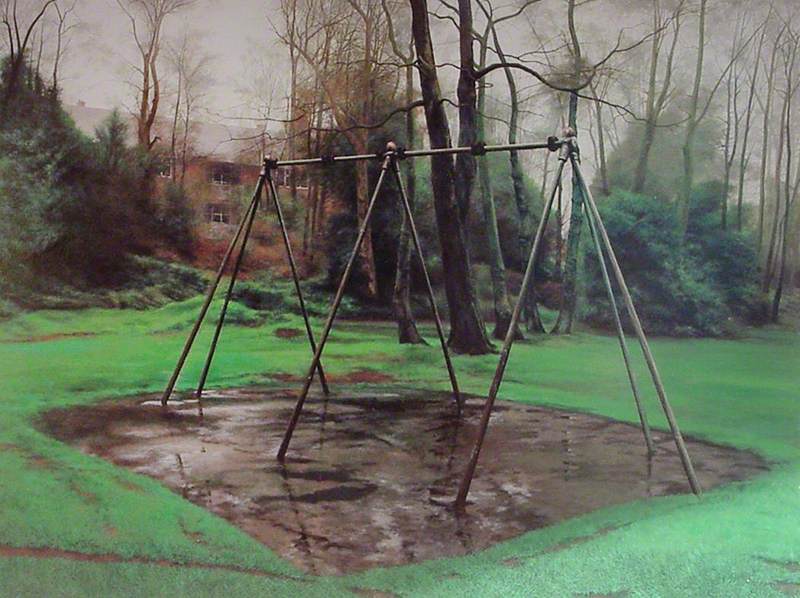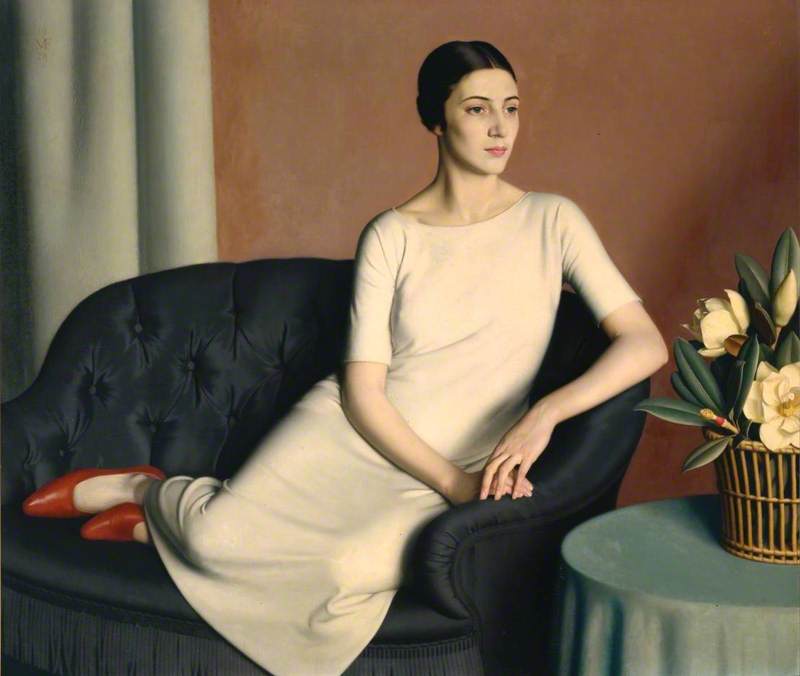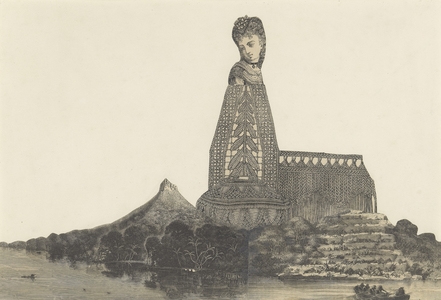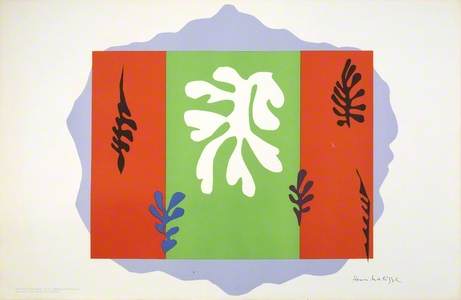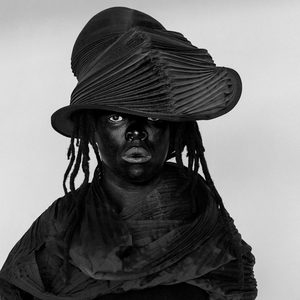Today we are surrounded by images everywhere we look, whether on our screens or in the physical world. It is important to be visually literate, allowing us to understand and make sense of the visual information we see. Art serves as a powerful tool for cultivating these skills. It empowers us to decipher information and creatively express complex ideas, emotions and stories beyond through just words and numbers.
In this digital age, where we are constantly bombarded by vast amounts of information, visual literacy plays a vital role in our daily lives. With so much information around us, it can be hard to know what's important. When we engage with art, we can learn how to look at things more closely and understand what we see. It's like learning a superpower that lets us see things others might miss: we can quickly scan, interpret and make sense of the visual world around us. This skill helps us navigate through the information overload and find what's important.
Pauline Boty's Untitled (Seascape with Boats and Island) encourages such skills, using collage to drive a visual narrative. The imagery and composition allow the viewer to quickly identify key features, and use these elements to interpret the work. The artwork challenges the way people think about British authority, which was often the domain of men. It explores how gender and identity are portrayed in historical stories as the cut-out Victorian woman looks down upon the rowboat of men fleeing her gaze.
Visual literacy in art encourages us to think critically and analytically about the visual messages we encounter. It enables us to question visual content's purpose, accuracy and bias, helping us make more informed decisions and observations. Art can be the lens through which we start to unravel our misconceptions. It can shed light on the previously overlooked, such as in Barbara Walker's I Was There IV.
This artwork depicts a semi-transparent drawing of an African-Caribbean soldier placed on top of a photograph of a white European soldier. The artist seeks to bring the forgotten soldiers of the First World War into focus. These soldiers were sent to fight in wars that were not their own. Whilst we rightly remember and honour those who sacrificed so much in the war, it's important to acknowledge that the contributions and deaths of Black and Asian soldiers were often overlooked.
As stated by Walker 'The overlay is again about erasure; I wanted to push the white figure to the background and bring the Black figure to the foreground. At school I learned that this was a white man's war, but actually several thousand people from the Caribbean came and fought.' This artwork serves as a reminder of these soldiers' courage and the need to recognise their significant role in history.
This theme of 'erasure' continues in Walker's other work, including Vanishing Point 13 (Veronese), which elevates the presence of Black subjects in Western European art where historically they have been ignored. The contrast between the detailed drawings and embossed imagery flips the artwork's focal point and thus the importance of the figures.
Walker also looks at how we form opinions of others based on appearances in I Can Paint a Picture with a Pin, 2006, erasing the identity of the person through our judgements. This artwork depicts a drawing of her son on the slip he was given during one of many 'stop and frisks' he endured in Birmingham. These police encounters were prompted by the suspicion his appearance aroused. This piece is part of a larger collection called 'Louder Than Words', which underscores the influence of visual elements in shaping society.
Through art, we can improve our communication skills and recognise others' perspectives. It's a unique language that lets us express ourselves and connect with others, allowing us to be more empathetic and understanding. Art reflects the time in which it was made, and it shows us what people were feeling and experiencing.
Lesmahagow Durbar (6 of 6 from 'The Iqbalnama' series)
2000
The Singh Twins 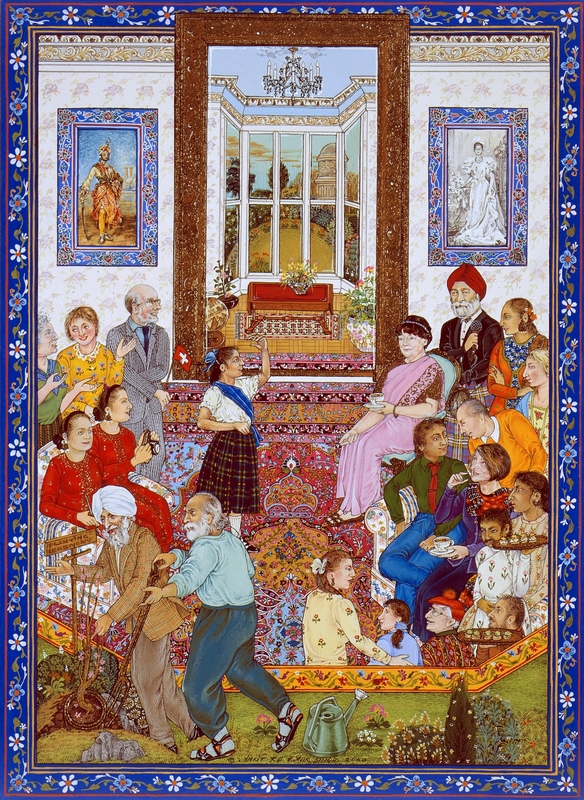
In Lesmahagow Durbar, The Singh Twins show a party hosted by Sardar Iqbal Singh, a Sikh man from Lahore, India, who made Scotland his home and embraced Scottish culture. The artwork captures the vibrant atmosphere of this celebration, showcasing Scotland's rich multicultural heritage. Using symbolic imagery and intricate designs, The Singh Twins skillfully portray the diverse cultures present in the scene.
Henri Matisse's The Dancer offers a glimpse into the artist's personal experience.
At this time, Matisse's deteriorating health prevented him from painting, but he found a way to continue creating art while confined to his bed. He began making works known as gouaches découpées, which involved cutting or tearing shapes from painted paper. Matisse described this approach as a way to 'draw in the colour.'
This simplified technique allowed him to express himself and create vibrant and lively works of art. Despite physical limitations, he found a way to continue his artistic practice and bring joy through his creations.
Zanele Muholi, a visual activist from South Africa, aims to both empower and educate their audience. Their powerful images serve as a platform for representation, raising awareness about the experiences of the marginalised communities they photograph.
Muholi's work, such as MuMu XIX, London, is a testament to the resilience, beauty and diversity of these individuals, shedding light on their stories and promoting understanding and acceptance. By exploring art from different backgrounds and lived experiences, we can appreciate the wonderful diversity of humanity.
Visual literacy is essential in today's information-driven world. By engaging with art, we can explore and understand the intricate and layered aspects of visual content. At Pearson, our efforts to broaden the Art and Design curriculum and promote inclusivity ensure everyone can cultivate these vital skills. Through representation, empathy and acceptance, art can foster communication and connection among us all.
Jaclyn Wiid, Subject Advisor for Art, Design and Creative Media at Pearson Education
Explore Pearson resources that aim to support visual literacy and diversify the curriculum:
- Diversifying the curriculum guide
- Diversifying the art and design curriculum training materials
- Art and design contextual references
- Artist directory
- Supporting SEND students in art and design
- Drawing guide
- Written annotation guide
- A Level Art and Design bitesize video playlist
- GCSE Art and Design bitesize video playlist
- Art and Design recorded training and events

